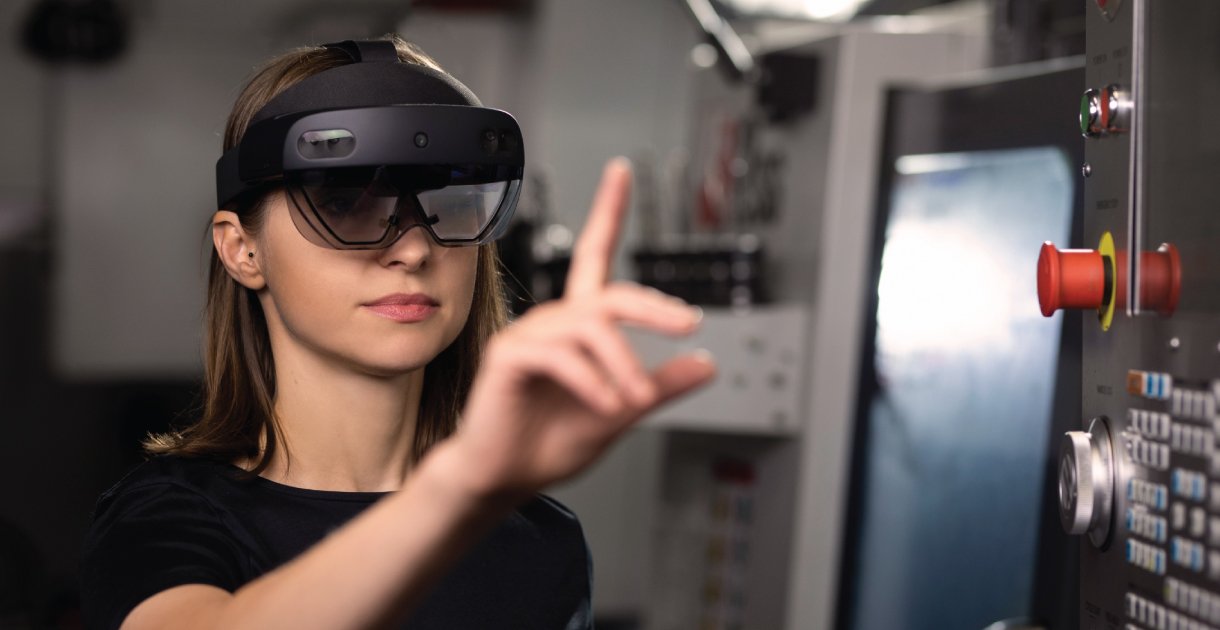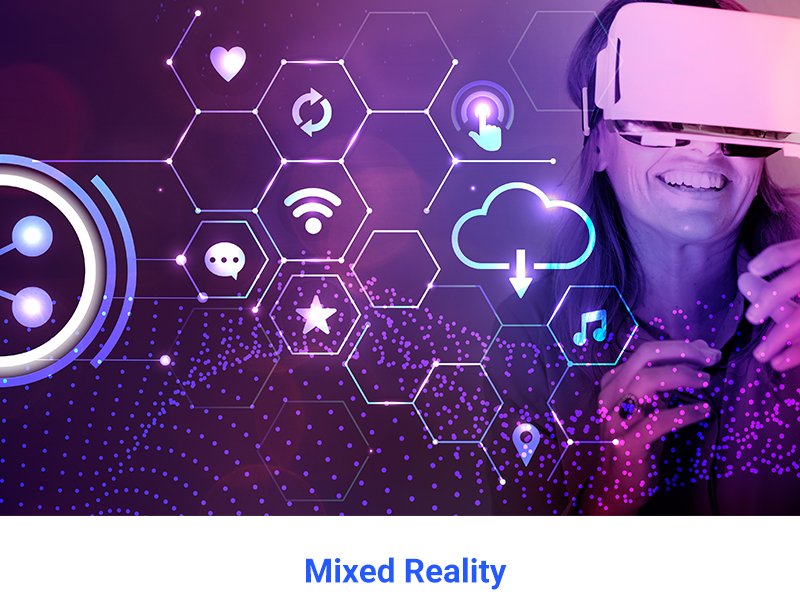Welcome to the world of Microsoft HoloLens and Monarch Innovation, a leading innovator in the use of HoloLens technology. As a pioneer in the field of mixed reality, Monarch Innovation has been at the forefront of developing groundbreaking HoloLens experiences that have transformed industries ranging from healthcare and education to manufacturing and entertainment. Through our work, we’ve demonstrated the incredible potential of HoloLens to revolutionize the way we work, learn, and play.
Whether you’re a developer, designer, or simply curious about the future of computing, this blog is your go-to resource for all things HoloLens and Monarch Innovation. From exploring the latest use cases and technologies to sharing best practices and insights, we’ll cover it all in this exciting and constantly evolving field. So, join us on this journey as we dive deep into the world of Microsoft HoloLens and Monarch Innovation, and discover how mixed reality is transforming the way we interact with the world around us.
What is Microsoft HoloLens?
Microsoft HoloLens is an advanced mixed-reality device that enables users to experience a seamless blend of the digital and physical worlds. Unlike virtual reality devices that transport users to entirely virtual environments, HoloLens overlays holographic images and information onto the user’s real-world surroundings, creating an immersive mixed-reality experience. Using a combination of advanced sensors, cameras, and processors, HoloLens tracks the user’s movements and adjusts the holographic images in real-time to match their perspective and movements. This allows users to interact with digital content in a natural and intuitive way, using hand gestures, voice commands, and even eye tracking.
HoloLens has a wide range of applications across industries, from healthcare and education to manufacturing and entertainment. It can be used for everything from remote collaboration and training to creating immersive gaming experiences and designing new products. Overall, Microsoft HoloLens is a groundbreaking technology that has the potential to transform the way we interact with digital content and the world around us.
Benefits of Microsoft HoloLens
Microsoft HoloLens offers a range of benefits that make it a valuable tool for a variety of industries and applications. Here are some of the key benefits of HoloLens:
- Mixed Reality: HoloLens combines the real and virtual worlds to create a seamless mixed-reality experience. Users can interact with digital content in the context of the physical world around them, leading to more intuitive and immersive experiences.
- Hands-Free: HoloLens is a hands-free device, which means users can interact with digital content without the need for additional controllers or input devices. This makes it ideal for applications where hands-free operation is important, such as healthcare or manufacturing.
- Spatial Mapping: HoloLens has advanced sensors that enable it to map and understand the user’s physical environment. This allows for more accurate and responsive holographic content placement and interaction.
- Remote Collaboration: HoloLens can be used for remote collaboration, enabling users in different locations to work together in the same virtual space. This can be particularly valuable for teams working on complex projects or for training purposes.
- Real-Time Information: HoloLens can provide users with real-time information and guidance overlaid in the real world. This can be particularly valuable in applications such as maintenance or repair, where users need access to detailed information without taking their eyes off the task at hand.
Overall, the benefits of Microsoft HoloLens include enhanced immersion, hands-free operation, spatial mapping, remote collaboration, and real-time information. These benefits make HoloLens a powerful tool for a variety of industries and applications.
Uses of Microsoft HoloLens
Microsoft HoloLens has a wide range of potential uses across industries and applications. Here are some of the key use cases for HoloLens:
- Healthcare: HoloLens can be used in healthcare for a variety of purposes, such as training medical professionals, assisting with surgeries, and enhancing patient experiences.
- Education: HoloLens can be used in education to create immersive learning experiences that bring abstract concepts to life and provide students with hands-on learning opportunities.
- Manufacturing: HoloLens can be used in manufacturing to assist with tasks such as product design, assembly, and maintenance.
- Entertainment: HoloLens can be used in entertainment to create immersive gaming experiences and interactive storytelling.
- Architecture and Construction: HoloLens can be used in architecture and construction to assist with design, visualization, and collaboration.
- Remote Collaboration: HoloLens can be used for remote collaboration, allowing teams in different locations to work together in the same virtual space.
- Retail: HoloLens can be used in retail to create immersive shopping experiences and to assist with tasks such as inventory management and customer service.
Overall, the uses of Microsoft HoloLens are diverse and wide-ranging, making it a powerful tool for a variety of industries and applications.
How can Monarch Innovation help you with Microsoft HoloLens?
Monarch Innovation can help you with Microsoft HoloLens in several ways. Here are a few examples:
- HoloLens Development: Monarch Innovation can help you develop custom applications for HoloLens tailored to your specific needs and requirements. We have expertise in the HoloLens development platform, including the HoloLens SDK, Unity, and other development tools.
- User Experience Design: Monarch Innovation can help you design intuitive and immersive user experiences for your HoloLens application. We have expertise in user experience design principles and can work with you to create experiences that are easy to use and provide maximum value to your users.
- HoloLens Consulting: Monarch Innovation can provide consulting services to help you understand how HoloLens can be used in your business or organization. We can help you identify use cases and provide guidance on how to leverage HoloLens to achieve your business objectives.
- HoloLens Training and Support: Monarch Innovation can provide training and support to help you get the most out of HoloLens. We can help you understand how to use the device effectively and provide ongoing support to ensure that it continues to meet your needs.
Overall, Monarch Innovation can help you with every aspect of HoloLens, from application development and user experience design to consulting, training, and support. Our goal is to help you leverage HoloLens to achieve your business objectives and provide maximum value to your users.
How Monarch Innovation can help you with Mixed Reality related application design?
Monarch Innovation can help you with mixed reality-related application design in a number of ways. Here are a few examples:
- Expertise: Monarch Innovation has deep expertise in mixed reality technologies, including HoloLens, which means we can provide valuable insights and guidance on the best ways to leverage these technologies for your specific application.
- Custom Application Development: Monarch Innovation can help you develop custom mixed-reality applications tailored to your specific needs and requirements. We have experience developing a wide range of applications across industries, including healthcare, education, and manufacturing.
- User Experience Design: Monarch Innovation can help you design intuitive and immersive user experiences for your mixed-reality application. We have expertise in user experience design principles and can work with you to create experiences that are easy to use and provide maximum value to your users.
- Training and Support: Monarch Innovation can provide training and support to help you get the most out of your mixed reality application. We can help you understand how to use the application effectively and provide ongoing support to ensure that it continues to meet your needs.
Overall, Monarch Innovation can help you with every aspect of mixed reality application design, from ideation and conceptualization to development, deployment, and ongoing support. Our goal is to help you create applications that provide maximum value to your users and help you achieve your business objectives.
Conclusion
Monarch Innovation can provide a wide range of services to help you get the most out of Microsoft HoloLens. Whether you need help with application development, user experience design, consulting, training, or support, our team has the expertise and experience to meet your needs. With our deep knowledge of mixed reality technologies, including HoloLens, we can provide valuable guidance on how to leverage these technologies to achieve your business objectives and provide maximum value to your users. Contact us today to learn more about how we can help you with Microsoft HoloLens.





